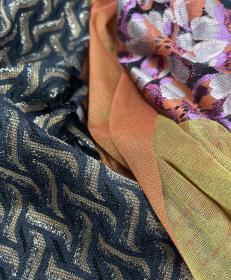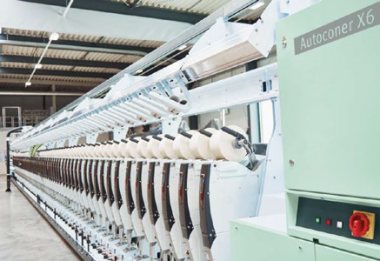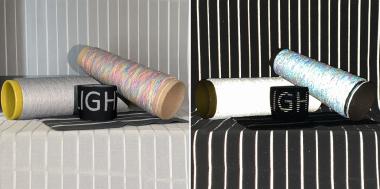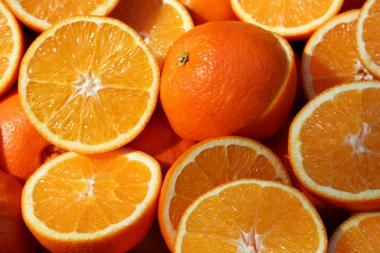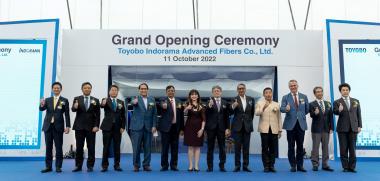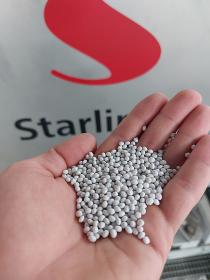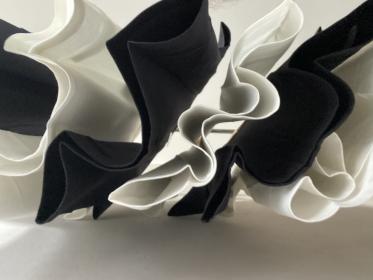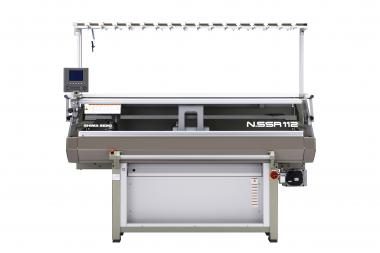Iluna Group back at MarediModa
Iluna Group is back at MarediModa (November 8-10), the international fair dedicated to fabrics and accessories for the beachwear, underwear and athleisure sectors, to present its latest innovations, with a focus on a new beachwear sets able to combine aesthetic research and environmental responsibility.
In terms of aesthetic innovation, exploration continues with matchy pareos and allovers, double laces with colorful charmeuses and multicolour laces enriched with iridescent effects (Lurex). A novelty of this season is the new double face printing on polyamide with a high sea fastness and iridescent effects on GRS-certified tulle.
The GRS certified Green Label collection uses Renycle® and Q-NOVA®, both GRS-certified pre-consumer recycled polyamide yarns in addition to the recycled stretch ROICA™ EF by Asahi Kasei.
The BIOLINE embraces the circular economy and presents proposals containing Amni Soul Eco® and ROICA™ V550. Moreover, the continuous path through the new dimension of responsibility continues in several directions: experiments with 16 different natural dyestuffs; and continued investment in technologies that can ensure significant savings in water and energy consumption, including GREENDROP, the new GOTS-certified digital pigment printing system.
Iluna Group / C.L.A.S.S.


